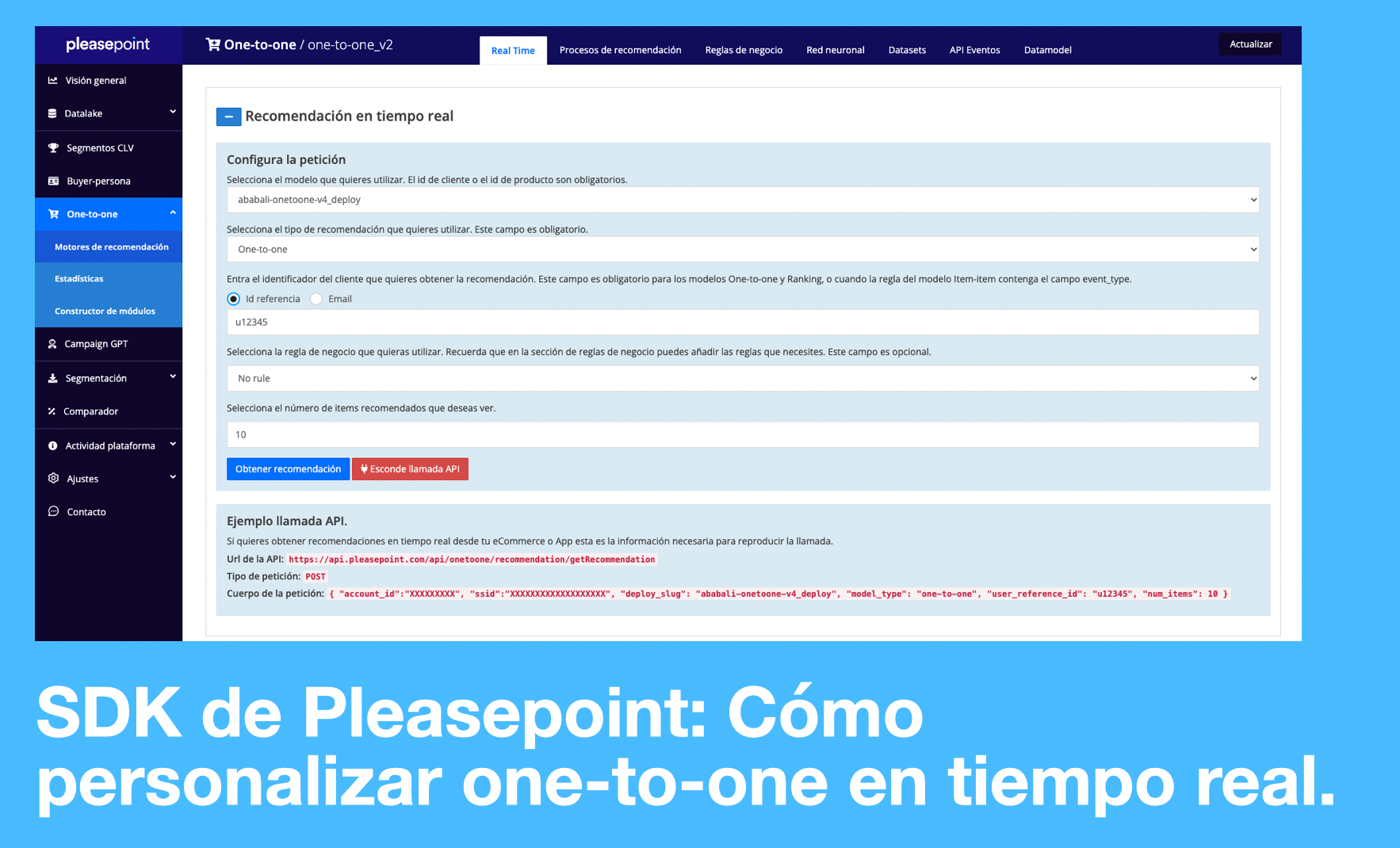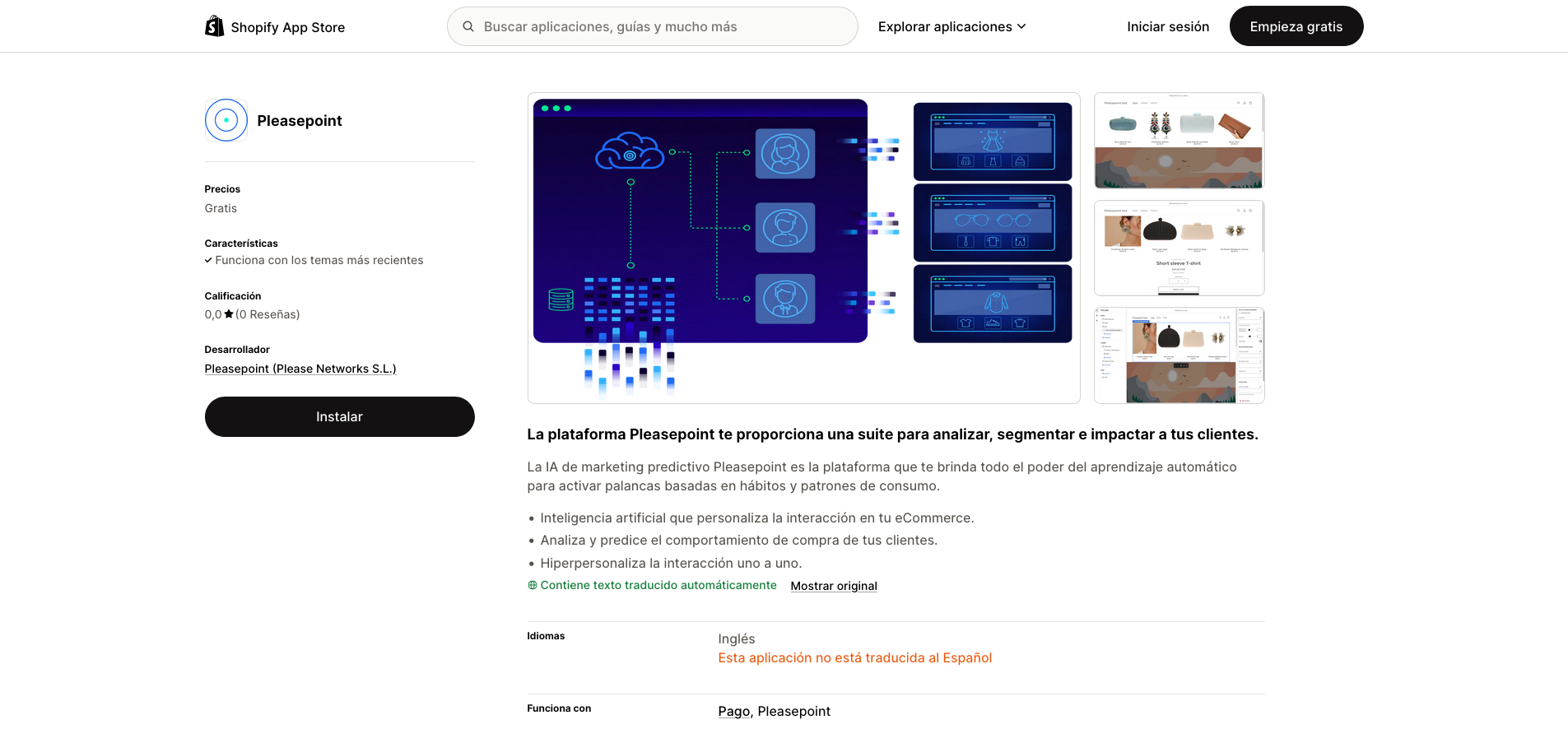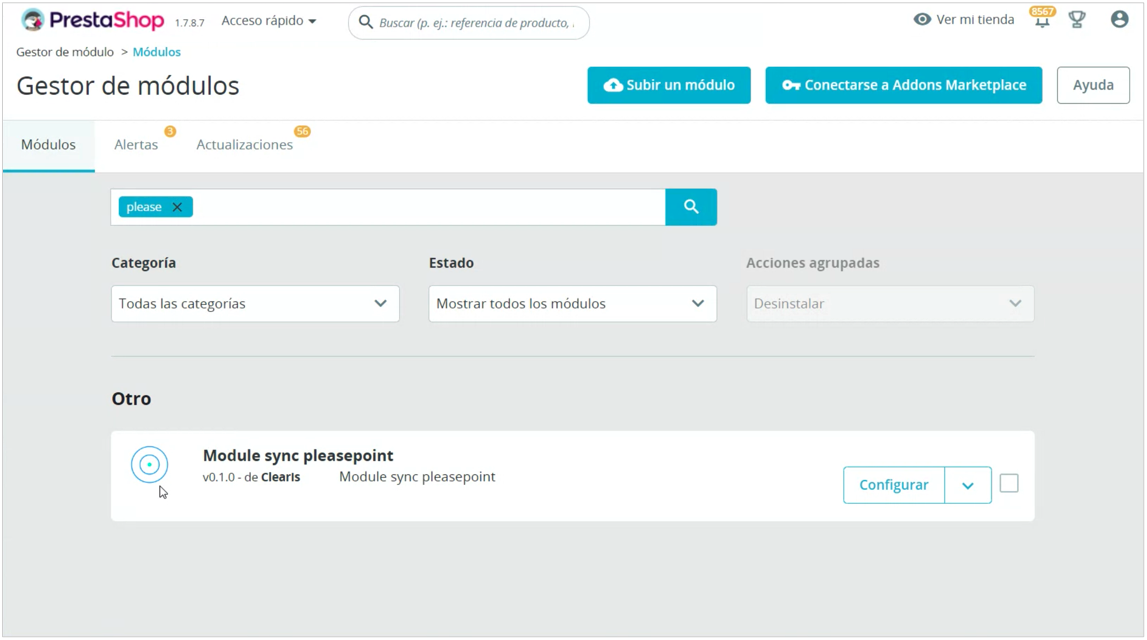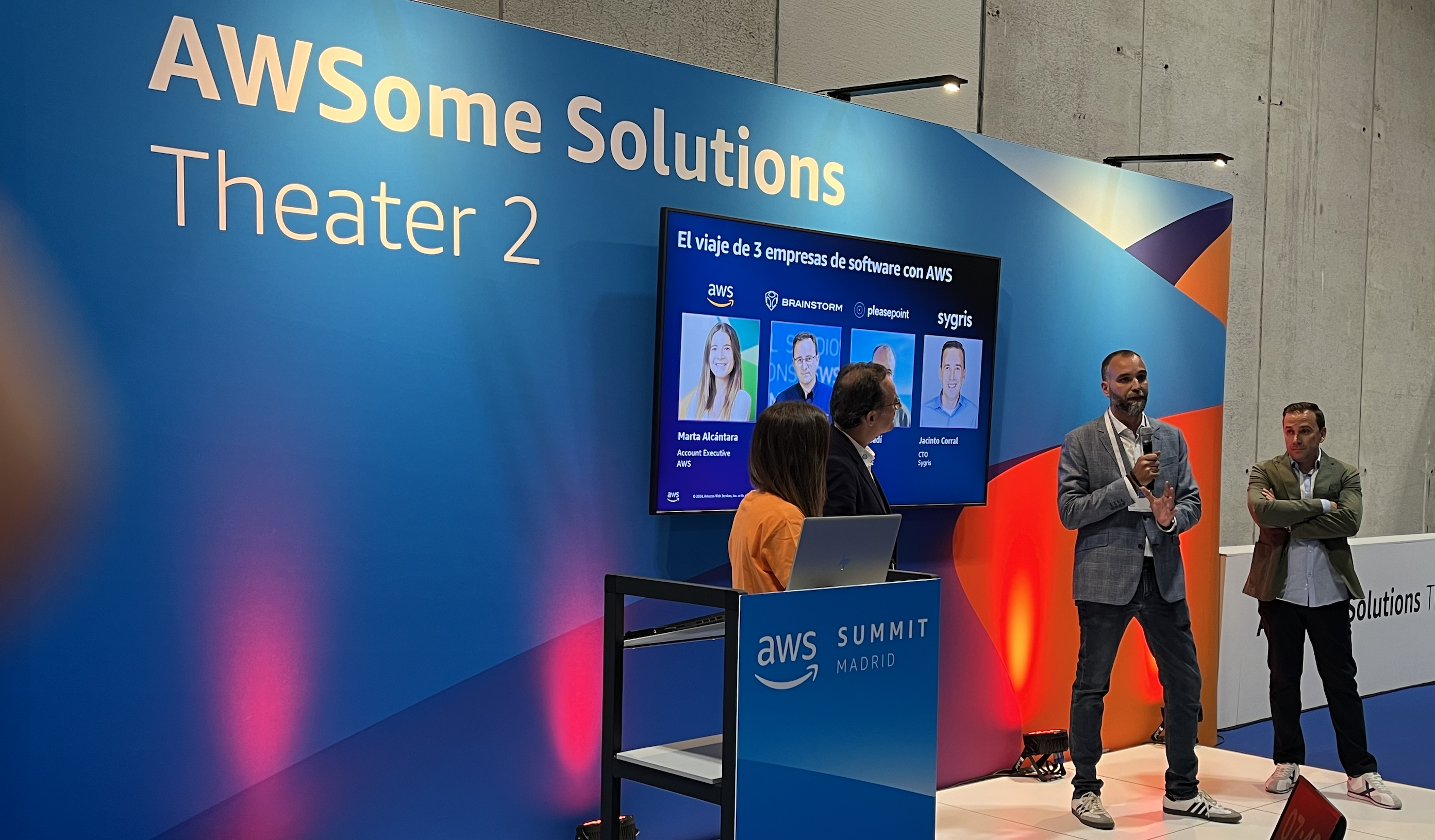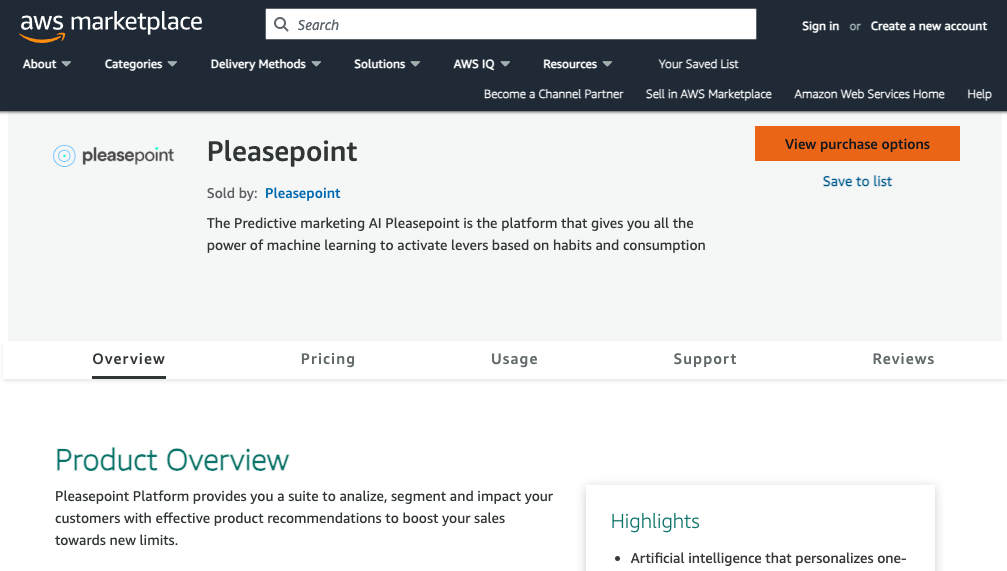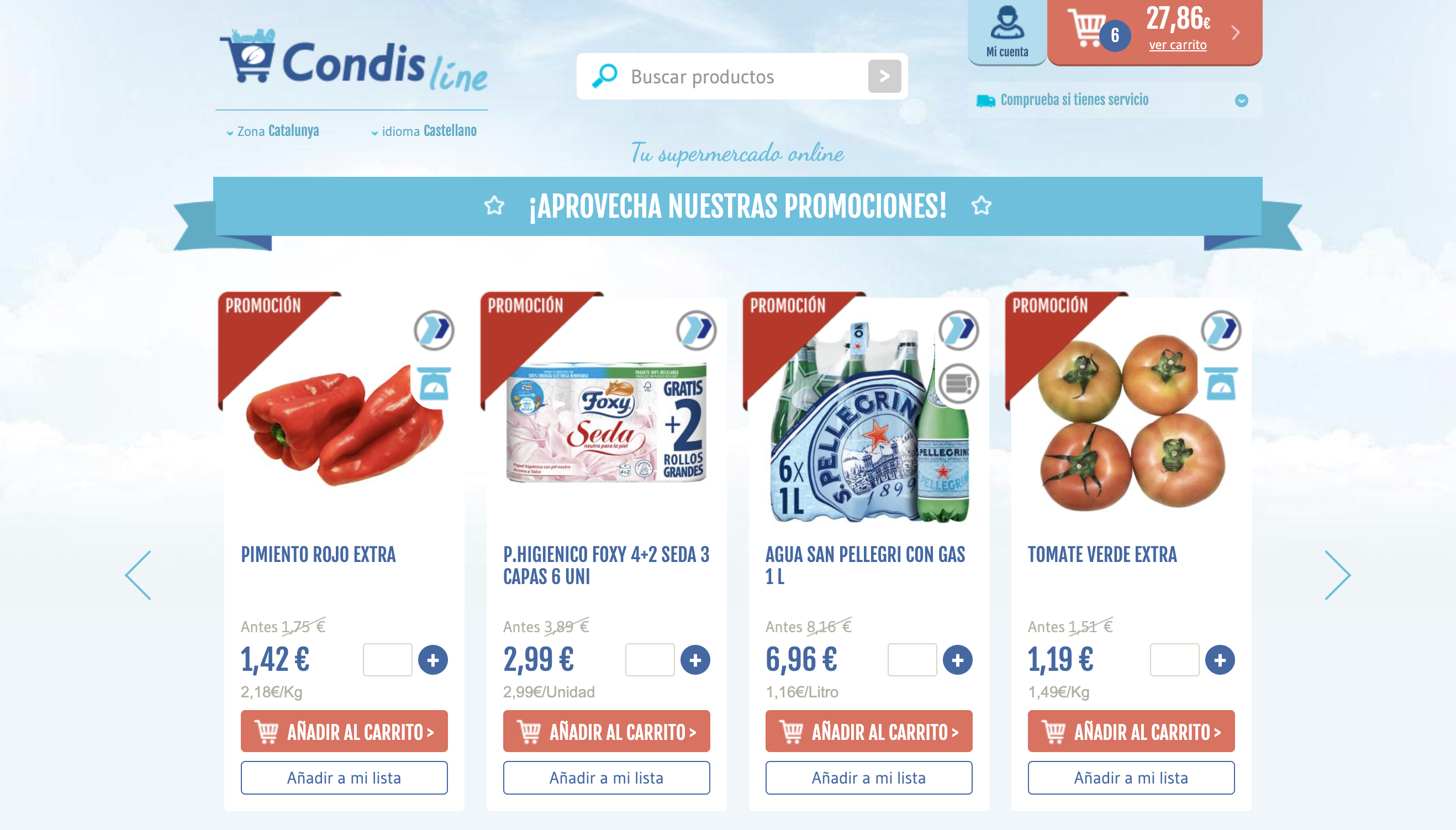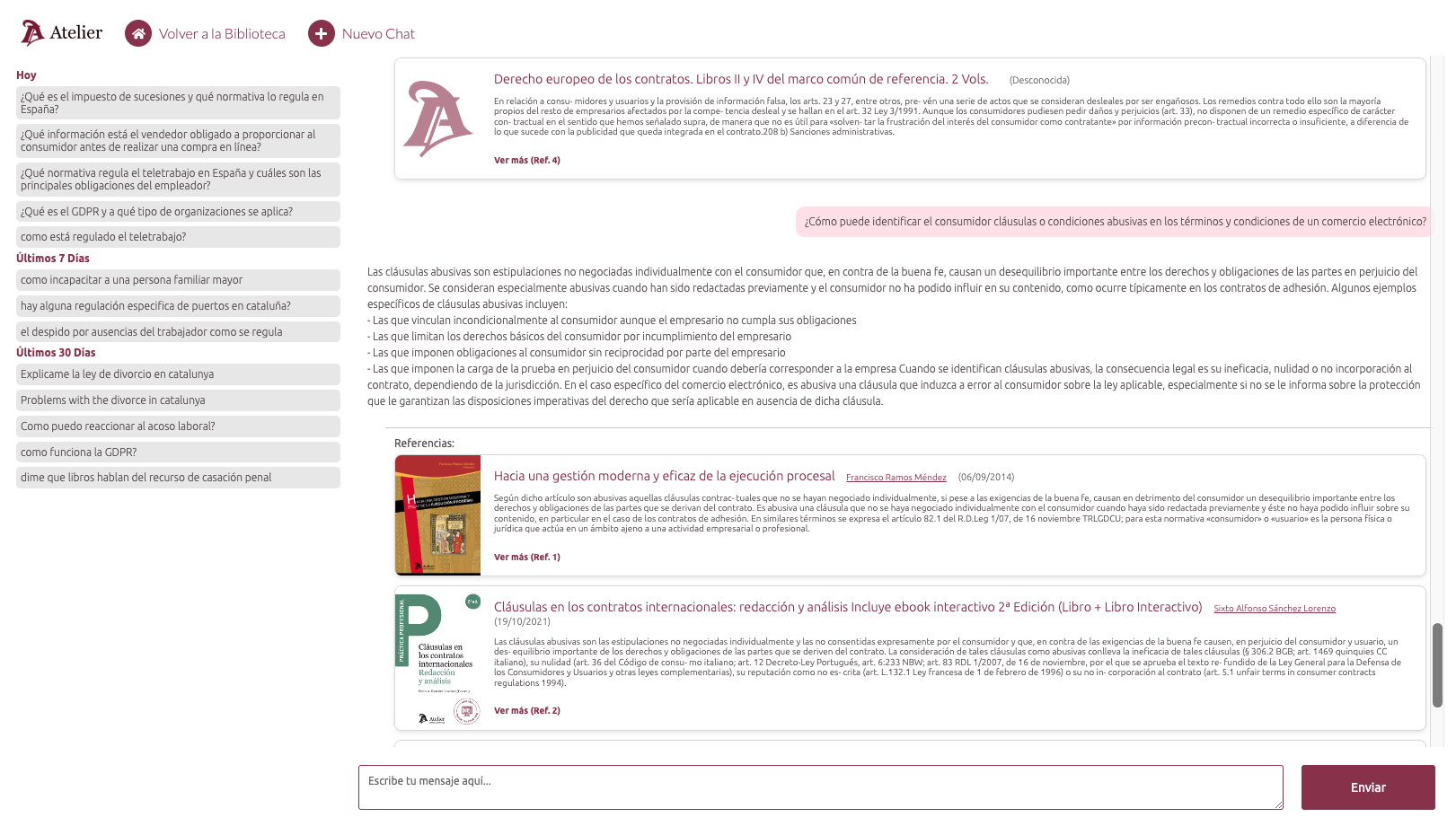In the competitive world of eCommerce, personalization has become the cornerstone to stand out. Today’s customers expect a shopping experience that is not only convenient but also highly personalized. This is where the Pleasepoint SDK (Software Development Kit) comes into play, offering you an essential tool to take personalization to the next level.
This post is the first in a series of four posts about how to use the Pleasepoint SDK. In this article, we will cover the theoretical use of the SDK. To see the implementation, here are the links to the other three posts:
- HTML SDK: Implement one-to-one recommendations using HTML tags.
- JS SDK: Implement one-to-one recommendations using JavaScript.
- API: Implement one-to-one recommendations by directly accessing the API.
In this post, we will delve into how the Pleasepoint SDK works and how you can integrate it into your website. We will also examine real-world examples of its application and the advantages it offers.
Here are the contents of the post:
- Introduction to real-time product recommendations with Pleasepoint.
- One-to-one product recommendations.
- Product recommendations based on another product (item-item).
- Product recommendations based on product ranking (ranking one-to-one).
- Recommendations based on bestsellers.
- Recording interaction events.
- Why should you personalize your eCommerce one-to-one with Pleasepoint?
The Pleasepoint SDK is a fundamental piece of technology that allows you to implement one-to-one recommendation strategies in your online store.
What does this mean? You can offer each customer highly relevant and attractive products in real-time. Think of it as having a personal sales assistant for each visitor to your website.
Personalization goes beyond simply adding a customer’s name to an email. It’s about understanding and responding to the individual needs of each customer, offering them exactly what they want at the right time. This not only increases conversion rates but also enhances customer satisfaction and fosters brand loyalty.
Imagine this: A customer enters your website and starts exploring your products. In real-time, thanks to the Pleasepoint SDK, you analyze their behavior, preferences, and purchase history. Then, you recommend products that are highly aligned with their interests and needs. This recommendation process is based on AI algorithms that can understand complex and changing shopping patterns.
Here are the key benefits of using the Pleasepoint SDK to personalize the shopping experience in real-time on your eCommerce site:
- Increased Sales: By offering your customers highly relevant products, you increase the chances of them making a purchase. Recommended products are like a suggestion from a friend, and this can make a big difference.
- Customer Loyalty: Personalization builds strong relationships. When customers feel that their needs are understood, they are more likely to return.
- Improved Customer Experience: Hyper-personalization benefits not only your business but also enhances the overall customer experience. Customers feel valued and taken care of.
- Time and Resource Savings: Manual rule-based personalization can be time- and resource-intensive. The Pleasepoint SDK automates this process.
- Actionable Data: In addition to personalization, the SDK collects valuable data on customer behavior, providing you with actionable insights for future marketing strategies.
It’s time to take personalization to the next level and leverage the technology that makes hyper-personalization possible. With the Pleasepoint SDK, you're on the right track to delivering an exceptional shopping experience to your customers. Let’s get started!
If you’re reading this post, you might also be interested in these articles:
- Learn how to use predictive analysis techniques to forecast customer behavior and optimize your marketing strategies.
- Transforming data into sales growth: A success story of hyper-personalization in CRM strategy.
- Getting started with Pleasepoint: How to implement an effective predictive marketing strategy.
- Enriching Salesforce Marketing Cloud with the Purchase Propensity Datamodel (Buyer-Persona Profiles).
- Enriching Salesforce Marketing Cloud with the Customer Lifetime Value (CLV) Datamodel.
- One-to-one personalization for your campaigns in Salesforce Marketing Cloud.
- Maximize your campaigns with Campaign GPT: 4 example prompts for effective personalization.
- Pleasepoint selected at AWS Summit Madrid 2023 as one of the 20 most innovative startups.
Introduction to real-time product recommendations with Pleasepoint.
In the world of eCommerce, standing out and delivering an exceptional shopping experience is essential. This is where Pleasepoint’s one-to-one recommendation models come into play. These models enable businesses to maximize their sales and provide customers with a highly personalized experience in real-time.
The Pleasepoint one-to-one recommendation module trains and deploys a product recommendation neural network for you, improving results using reinforcement learning. This way, you can focus solely on implementation.

To access the recommendation models in real-time, you need to provide Pleasepoint with some parameters. These are the common parameters for all recommendation models:
- Account ID: The Pleasepoint account ID. This value is always the same in your environment and is provided by Pleasepoint. You can find it in the platform's configuration section, the widget constructor, or any example API call.
- Num recommendations: The number of recommendations you want the neural network to return.
- Cols: The number of columns you want the widget to use to display the recommended products.
- Show Slider: Boolean parameter, optional, defaults to false. Allows displaying all products in the same row and using a slider to scroll through all recommendations.
- Session ID: User session identifier. This field is mandatory.
- Business rule: Optional field. Identifier for the business rule selected by the user during creation. You can view the business rule IDs in their tab.
- Business rules params: Optional field. It is the object of the business rule parameters. For example, you can create a business rule that the price is higher than PARAM, and sometimes pass a 10 and in other cases a 50, keeping the business rule the same.
- Cache expiration days: Recommendation cache, optional field that defaults to 0.
- A/B test enabled: Boolean field, optional, defaults to false. Enables the A/B testing functionality in the product recommendation widget.
- A/B test percent: Percentage of users who will see the recommendation. If the value is 90, it means 90% of users will see the recommendation, and the remaining 10% will see the default products selected by the user. This field is mandatory if A/B testing is active.
- A/B test default products: List of reference IDs for default products. These are the products displayed in the B case, i.e., when the product recommendation is not shown. This field is mandatory if A/B testing is active.
- Event source: Optional field. Allows identifying the recommendation source to save events in the recommendation engine and in Google Analytics or the tracking tool used.
We offer several one-to-one recommendation models, each with a specific focus. Let’s explore these models and how they can boost your business.
One-to-one product recommendations.
For each customer, the most appropriate products at any given time.
This model is based on the premise that each customer is unique, and their preferences change over time. The one-to-one model uses advanced AI algorithms to analyze a customer’s shopping behavior and recommend products in real-time.
Imagine this: A customer visits your eCommerce site, and based on their current behavior and purchase history, they receive precise and relevant recommendations. This not only boosts conversion rates but also improves the user experience and customer satisfaction throughout the shopping process.
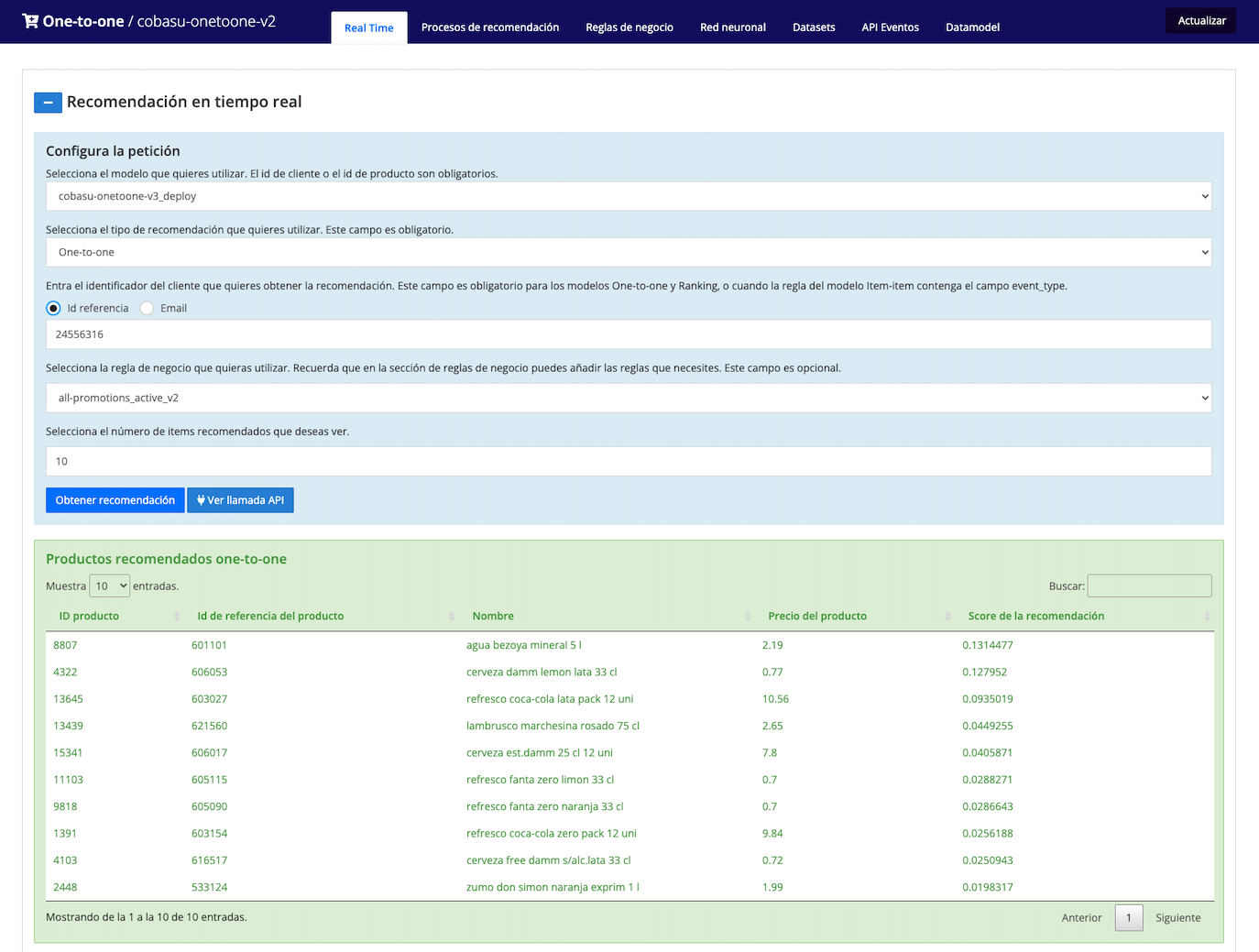
In the one-to-one recommendation, the trained model responds in real-time with the most appropriate products given a product and a business rule.
Beyond the common parameters, these are the specific input fields for accessing the one-to-one recommendation model:
- Engine: Identifier for the one-to-one recommendation model to use. You can find the values in the one-to-one module in the module constructor or in the one-to-one recommendation API call example.
- Bestsellers engine: Identifier for the bestseller-type recommendation model to use. This model will only be used in cases where no recommendation can be obtained for the given user.
- User reference ID: User reference ID. This ID or email is mandatory.
- Email: User email. Email or user ID is mandatory.
The one-to-one recommendation returns a list of products, each with a score associated with that user.
Check out these examples of how to use the one-to-one recommendation in your eCommerce:
- Personalized Home: On the homepage, you can display a selection of recommended products to each visitor based on their browsing history, past purchases, or preferences. This immediately grabs the customer's attention and increases the chances of finding something that interests them.
- Product list pages: On category pages, you can include related recommendations. For example, if a customer is looking at running shoes, you can show them other shoes of the same brand or style. This encourages exploration and can lead to additional purchases.
- Product detail page: On product pages, you can display related or complementary products. For example, if someone is looking at a camera, you can recommend accessories like a camera bag or a memory card. This increases cart value.
- Cart page: Even on the cart page, you can offer additional recommendations. For example, if someone has added a shirt to their cart, you can suggest a matching tie. This increases cross-selling and can result in additional purchases.
